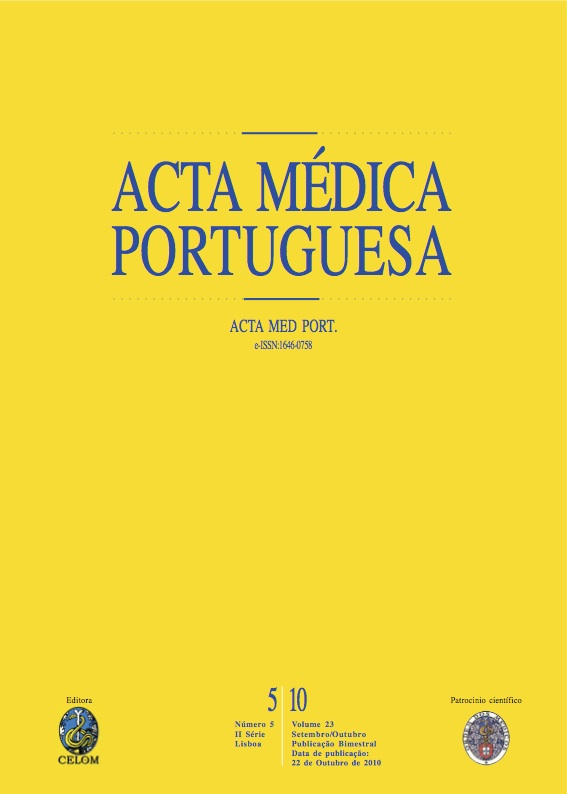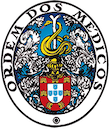Alterações da força de preensão em portadores de polineuropatia amiloidótica familiar.
DOI:
https://doi.org/10.20344/amp.723Resumo
Familial amiloidotic polyneuropathy (FAP) is an autossomical and dominant neurodegenerative disease related with systemic deposition of amyloid fibre mainly on peripheral nervous system. Clinically, is translated by an autonomous sensitive-motor polyneuropathy with beginning nearly always in foot, involving subsequently the hands. Until now, the unique available treatment for FAP disease is liver transplantation requiring medication that negatively affect muscle metabolism and force production mechanism. To our knowledge there are no quantitative characterizations of peak force in FAP patients or any comparison with healthy people. This knowledge will be extremely important to verify clinical and functional evolution of this disease and eventually prescribe an effective rehabilitation program.The purpose of this study was to analyse and compare levels of hand grip strength (peak force and endurance) in FAP patients with (FAPTx) or without (FAPNTx) a liver transplant with a group of healthy people (GC).The total sample of individuals where two hundred and six, assigned in 3 groups: 59 patients PAFNTx (23 males, 36 female; age 35 ± 8 years); 90 patients PAFTx (53 males, 37 females; age 34 ± 8 years) e 62 healthy persons (GC) (30 males, 32 females; age 33 ± 9 years). Grip strength was assessed by a portable grip dynamometer E-link (Biometrics Ltd, UK). All measurements were taken on standardized positions with standardized orders. The value noted to peak force was classified according to American College of Sports Medicine norms for grip strength.The 3 groups are differents (p < 0,05) for weigth, body mass index (BMI) and grip strength in both hands and endurance for left hand. Negative correlations between age and grip strength were found for PAFNTx and PAFTx but not for GC.According to our results FAP patients have lower values for grip strength in both hands than healthy subjects and consequently a worse classification in ACSM norms. Most patients present grip strength values lower than medium values or even precarious. These results could present predictable negative functional implications, showing also the necessity of a rehabilitation program with specificity at hand motor level.Downloads
Downloads
Como Citar
Edição
Secção
Licença
Todos os artigos publicados na AMP são de acesso aberto e cumprem os requisitos das agências de financiamento ou instituições académicas. Relativamente à utilização por terceiros a AMP rege-se pelos termos da licença Creative Commons ‘Atribuição – Uso Não-Comercial – (CC-BY-NC)’.
É da responsabilidade do autor obter permissão para reproduzir figuras, tabelas, etc., de outras publicações. Após a aceitação de um artigo, os autores serão convidados a preencher uma “Declaração de Responsabilidade Autoral e Partilha de Direitos de Autor “(http://www.actamedicaportuguesa.com/info/AMP-NormasPublicacao.pdf) e a “Declaração de Potenciais Conflitos de Interesse” (http://www.icmje.org/conflicts-of-interest) do ICMJE. Será enviado um e-mail ao autor correspondente, confirmando a receção do manuscrito.
Após a publicação, os autores ficam autorizados a disponibilizar os seus artigos em repositórios das suas instituições de origem, desde que mencionem sempre onde foram publicados e de acordo com a licença Creative Commons









